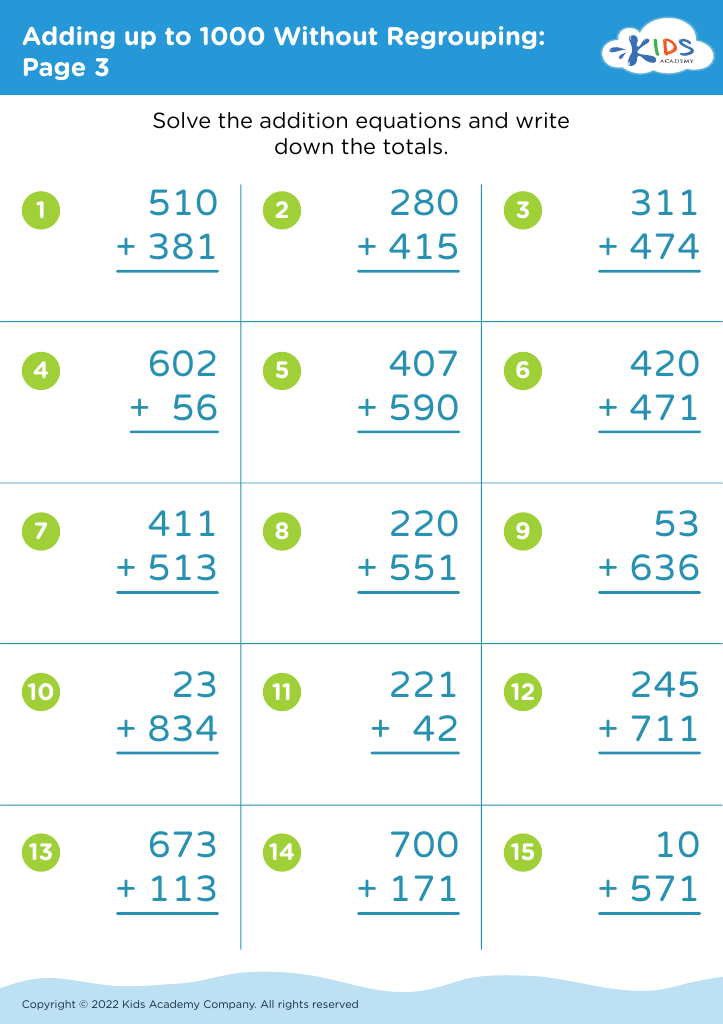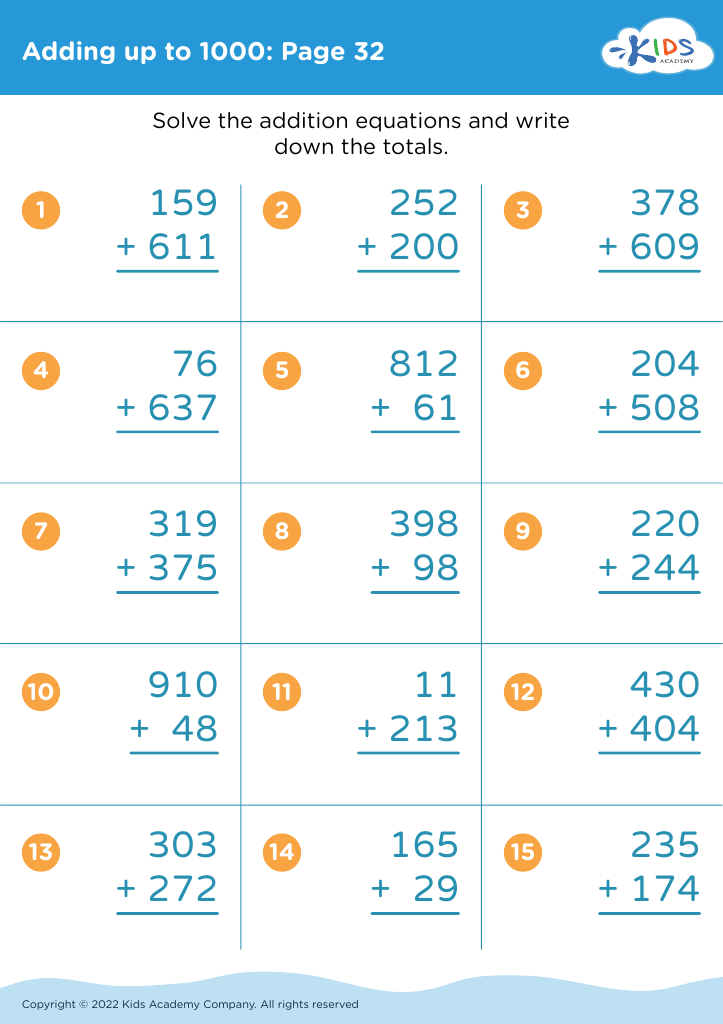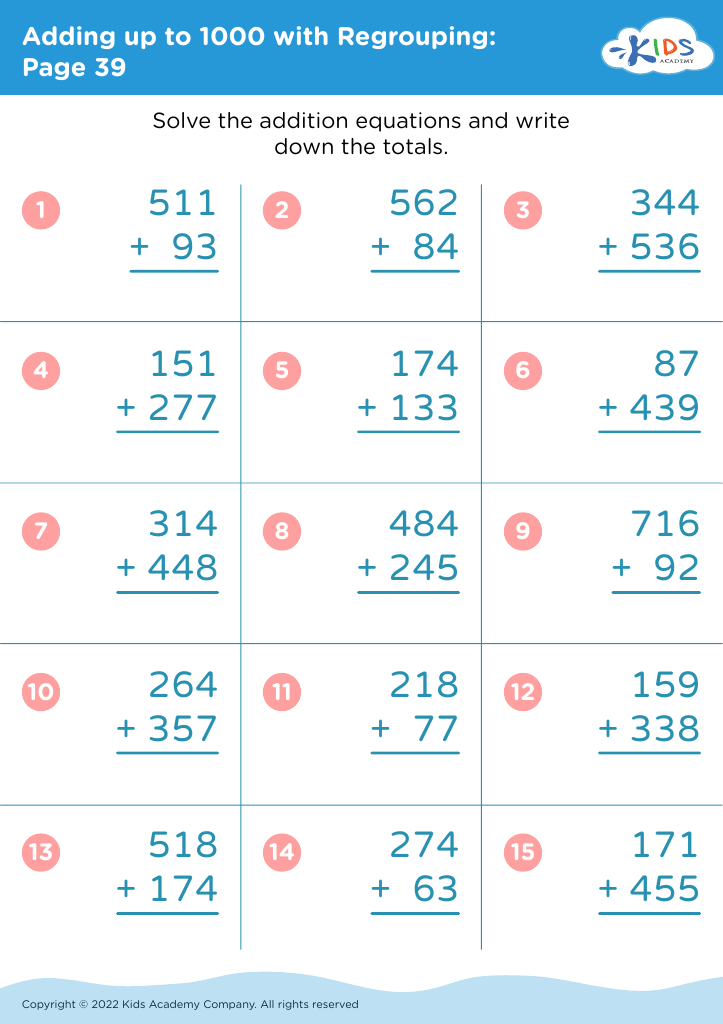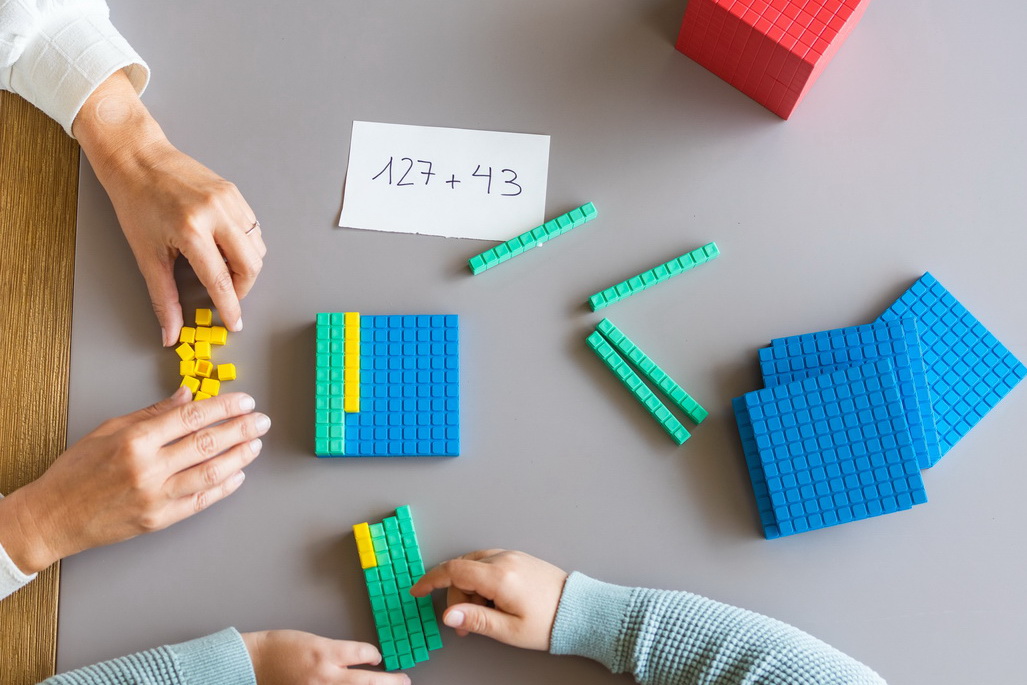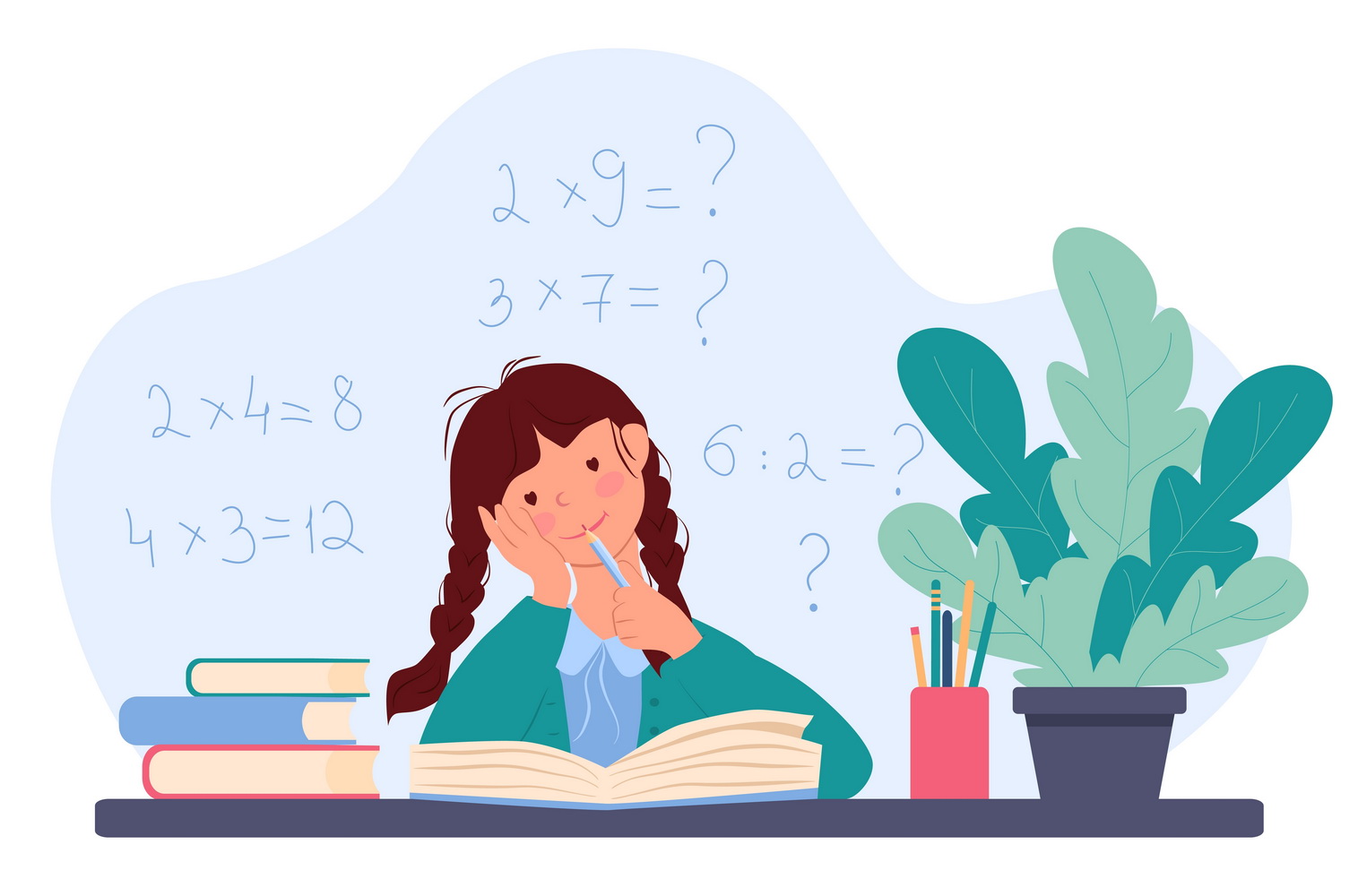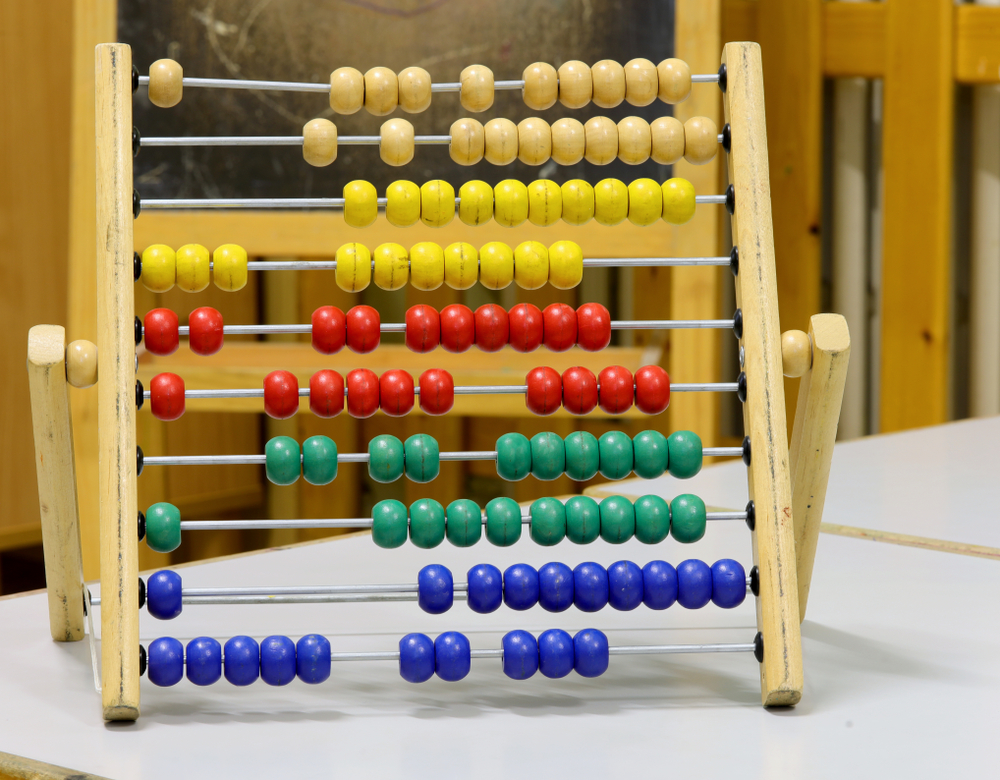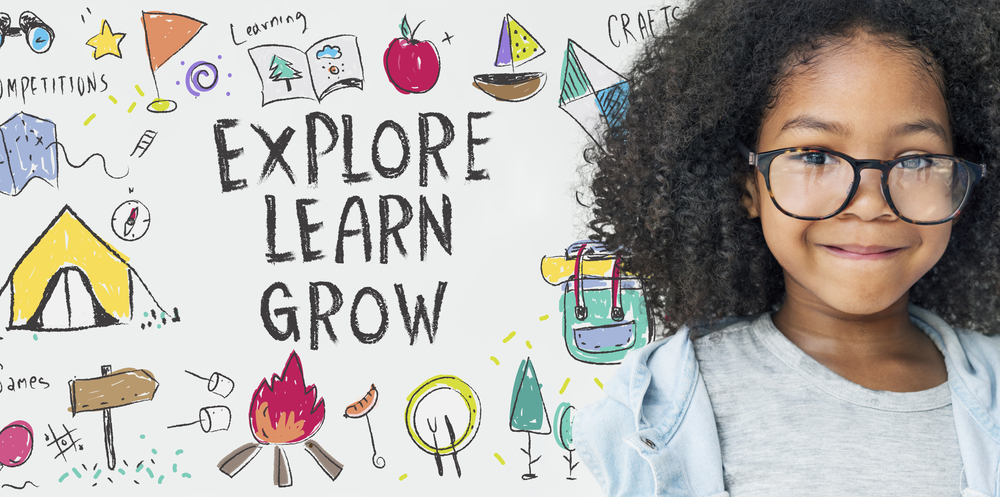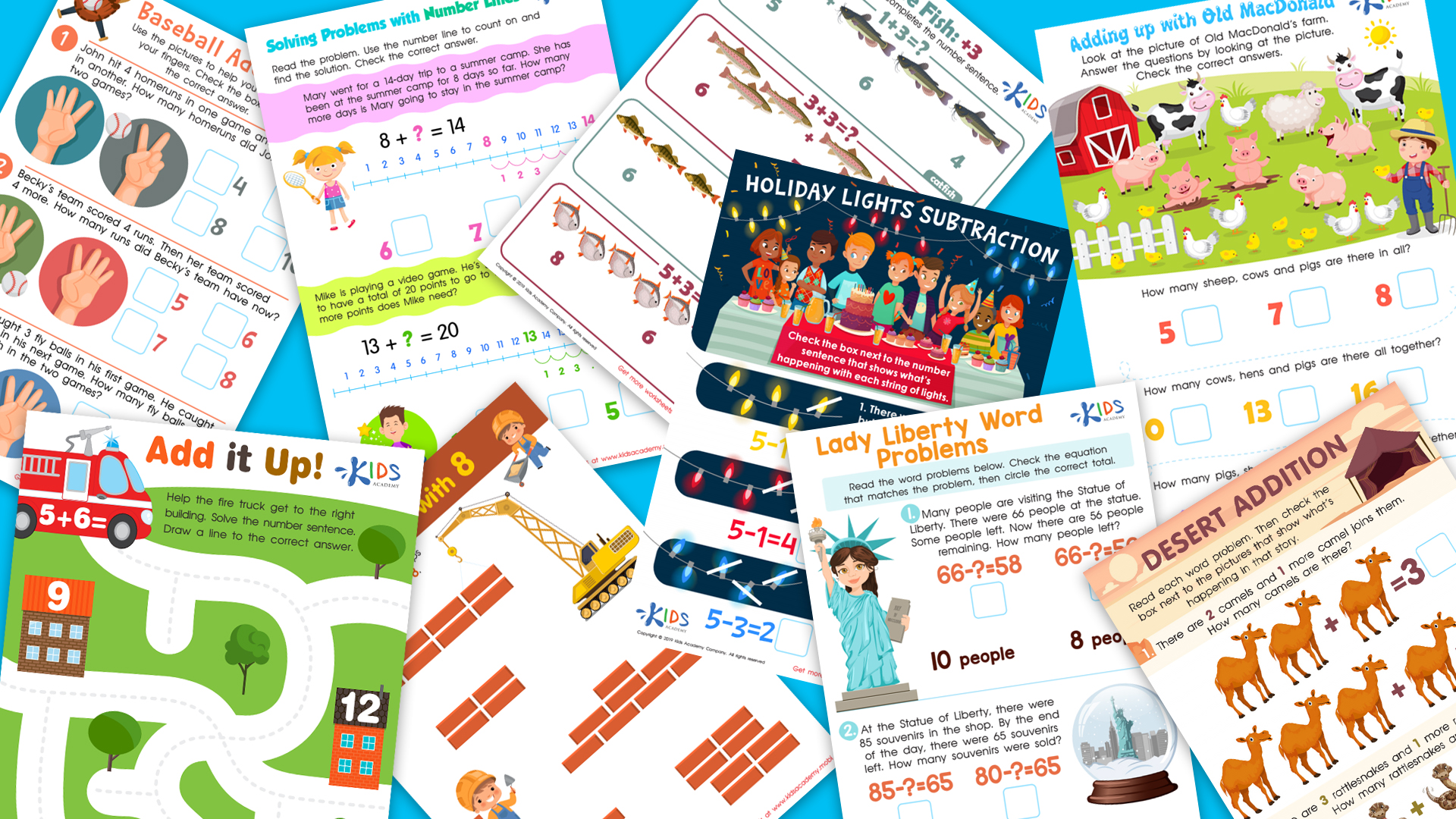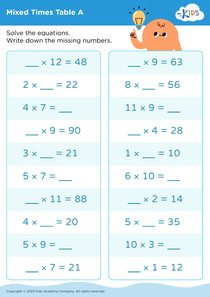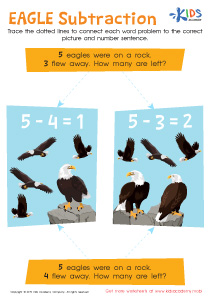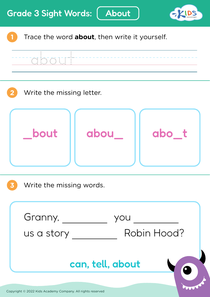Recognize shapes Grade 3 Addition Worksheets
4 filtered results
-
From - To
Discover our engaging Recognize Shapes Grade 3 Addition Worksheets designed to boost your child's math and spatial awareness skills. These fun, print-friendly worksheets not only help third graders practice addition but also encourage students to identify and categorize various shapes. With vibrant illustrations and straightforward exercises, your child will enjoy honing their math abilities while exploring geometry concepts. Ideal for classroom use or home study, these worksheets provide a comprehensive learning experience that aligns with educational standards. Start enhancing your child's math journey today with our tailored resources that make learning shapes and addition enjoyable and effective!
Recognizing shapes and mastering Grade 3 addition are foundational skills that support not only mathematical understanding but also cognitive development in young learners. For parents and teachers, encouraging proficiency in these areas fosters essential problem-solving skills and boosts children's confidence in math.
Understanding shapes helps children relate to the world around them, enhancing their spatial awareness. This knowledge is vital in geometry, which not only appears throughout their educational journey but also in everyday tasks, such as organizing spaces or understanding maps. Moreover, recognizing and naming shapes introduces critical vocabulary and reasoning skills.
Simultaneously, mastering Grade 3 addition is essential as it builds the groundwork for more complex mathematical concepts like subtraction, multiplication, and division. Addition lays the foundation for data interpretation, allowing students to analyze information, which is crucial for subjects like science and social studies.
By engaging with shape recognition and addition, teachers and parents nurture not just academic skills but also critical thinking, communication, and creativity. Fostering these abilities now prepares children for future learning, making both parents and teachers essential partners in their educational journey. Together, they equip students with the tools to thrive in the increasingly complex world of mathematics and beyond.


